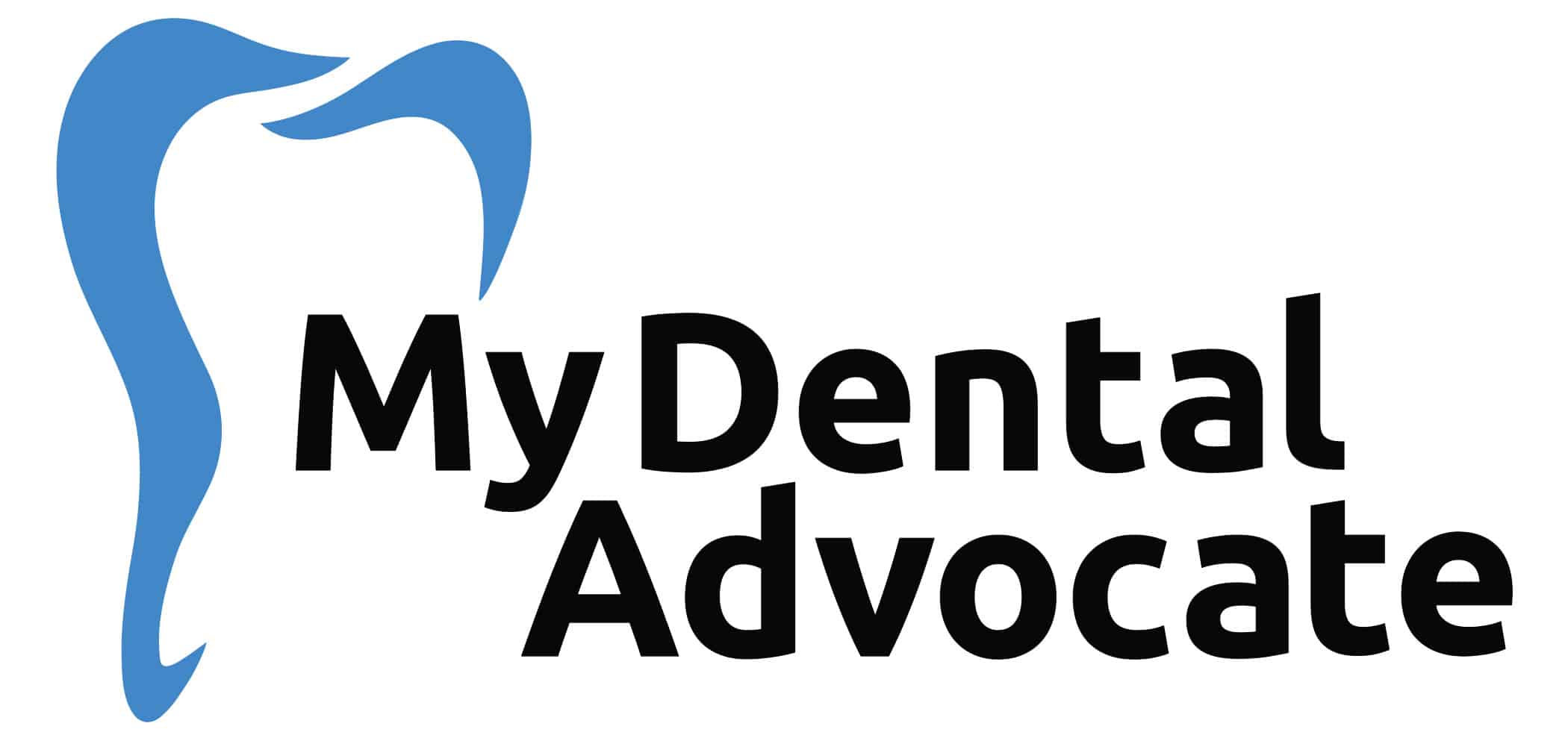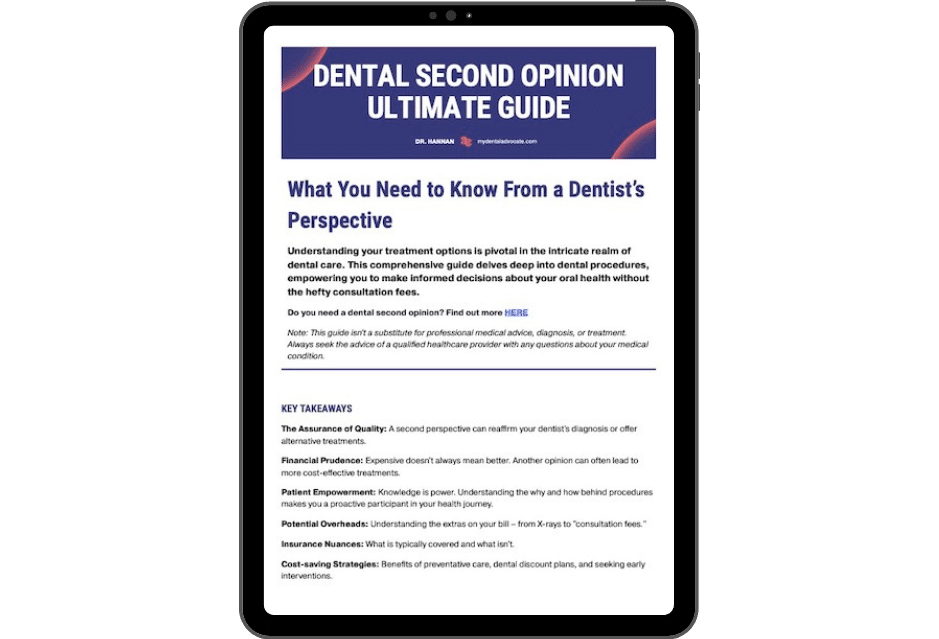Is Prescription Fluoride Toothpaste Necessary? (My Thoughts)
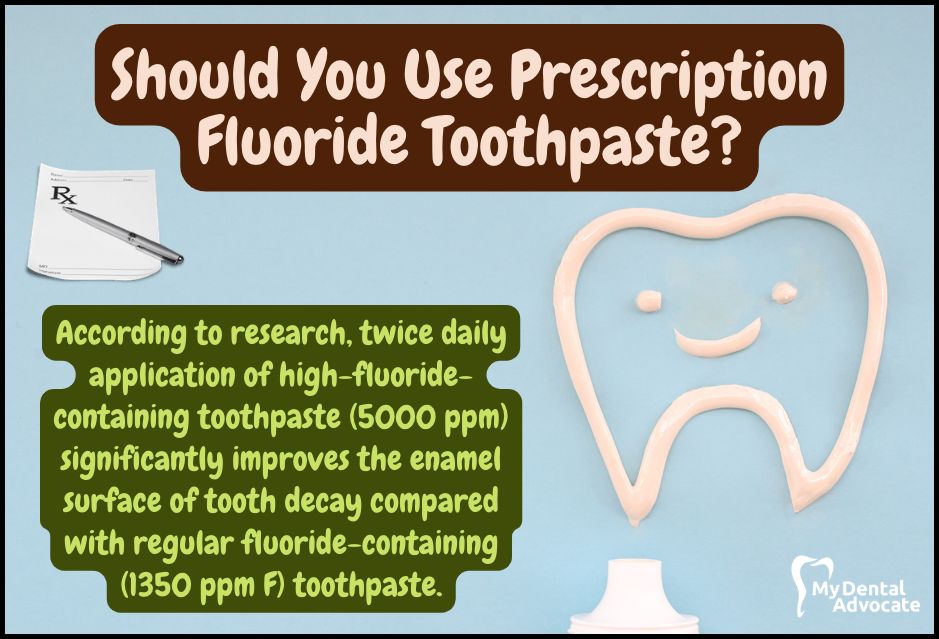
Fluoride toothpaste is commonly recommended for maintaining good oral health and preventing cavities.
However, in some cases, a dentist may prescribe a stronger, prescription-strength fluoride toothpaste.
As a dentist with years of experience, I’ve seen firsthand how effectively fluoride reverses tooth decay.
So, whether you are wondering if prescription fluoride toothpaste is right for you or if you want to learn more about maintaining good oral hygiene, read on.
Need Dental Advice? Ask Dr. Hannan!
Should You Use Prescription Fluoride Toothpaste?
Whether or not you should use prescription fluoride toothpaste depends on your cavity-risk potential and the determination by your dentist.
For example, if you are at high risk for tooth decay, have sensitive teeth, or have been instructed by your dentist to use a higher concentration of fluoride.
Then, a prescription fluoride toothpaste should be recommended for you.
According to research, twice daily application of high-fluoride-containing toothpaste (5000 ppm) significantly improves the enamel surface of tooth decay compared with regular fluoride-containing (1350 ppm F) toothpaste.
High Cavity Risk Potential
- Poor Oral Hygiene: Not brushing and flossing regularly leads to plaque and bacteria buildup, increasing cavity risk.
- Sugary and Acidic Foods and Drinks: These erode tooth enamel and create a cavity-friendly environment.
- Dry Mouth: Saliva neutralizes acids and cleans away food particles. Less saliva means a higher chance of cavities.
- Poor Nutrition: Lack of vitamins and minerals, especially calcium and Vitamin D, weakens teeth, making them more cavity-prone.
- Genetic Factors: Some people are genetically more likely to get cavities, even with good oral hygiene.
- Certain Medical Conditions: Conditions like diabetes and GERD can heighten cavity risk.
- Tobacco Use: Smoking and other tobacco products reduce saliva flow and increase plaque and bacteria, leading to more cavities.
What Is Fluoride?
Fluoride is a mineral that is naturally occurring in the earth’s crust.
It is widely recognized for strengthening tooth enamel and preventing tooth decay. In addition, fluoride works by making the tooth more resistant to acid attacks from plaque bacteria and sugary foods.
It can also help to remineralize (repair) early signs of tooth decay before they become larger cavities.
It’s important to note that while fluoride can be beneficial for oral health, excessive fluoride exposure can lead to a condition called fluorosis, which can cause discoloration or mottling of the teeth.
Therefore, it’s important to use fluoride products as directed and talk to your dentist about the appropriate amount for your needs.
Fluoride works by remineralizing the enamel on your teeth, filling in microscopic cracks and fissures to create a smoother surface less susceptible to decay.
The Purpose of Fluoride in Toothpaste
The purpose of fluoride in toothpaste is to provide additional protection for your teeth and gums.
Extensive research shows fluoride effectively reduces the incidence of cavities and gum disease, primarily when regularly brushing and flossing.
Additionally, fluoride helps to strengthen tooth enamel, making it less likely to chip or break. This is particularly important for individuals prone to cavities or sensitive teeth, also known as high-cavity risk.
The stronger the fluoride concentration, the more decay is prevented.
Benefits of Prescription Fluoride Toothpaste
The benefits of fluoride in toothpaste are to improve oral health by preventing cavities, improving gum health, and strengthening tooth enamel.
By incorporating fluoride toothpaste into your daily oral hygiene routine, you can help protect your teeth and gums and maintain good oral health.
Recommended Reading: 5 Best Alkaline Mouthwash 2024 (Dentist Recommended)Enhanced Cavity Protection
- It contains a higher concentration of fluoride compared to over-the-counter toothpaste
- It helps remineralize the enamel on your teeth, filling in microscopic cracks and fissures
- This leads to fewer cavities and a lower risk of tooth decay over time
Improved Gum Health
- It reduces the inflammation and bleeding associated with gum disease
- It helps maintain healthy gums and prevent gum disease from progressing
Strengthening of Tooth Enamel
- It helps strengthen tooth enamel, making it less likely to chip or break
- It can be particularly beneficial for individuals who have sensitive teeth or are prone to cavities
- It prevents tooth sensitivity and improves the overall health of your teeth
Reduced Tooth Sensitivity
- It helps reduce discomfort for individuals who experience tooth sensitivity
- It remineralizes the enamel on your teeth, filling in microscopic cracks and fissures that can lead to sensitivity
- Incorporating prescription fluoride toothpaste into your oral hygiene routine can help to reduce tooth sensitivity and maintain good oral health.

Over-the-Counter vs. Prescription Fluoride Toothpaste
Fluoride toothpaste is available in both over-the-counter and prescription forms.
Over-the-counter fluoride toothpaste typically contains a lower concentration than prescription fluoride and is only available by prescription.
The average concentration of fluoride in toothpaste ranges from 1000 to 1500 parts per million (ppm).
Over-the-counter fluoride toothpaste is designed for general use. It is suitable for most people, while prescription fluoride toothpaste is recommended for individuals with a higher risk of tooth decay or sensitivity or who have been instructed by their dentist to use a higher concentration of fluoride.
Cavities in permanent teeth were the most prevalent condition among all those evaluated in the Global Burden of Disease 2016 study, affecting 2.4 billion people.
Active Ingredients in Prescription Fluoride Toothpaste
The specific combination of active ingredients in prescription fluoride toothpaste can vary between brands and formulations.
Therefore, it is recommended to consult with a dental professional to determine which toothpaste is best suited for your needs and to receive proper usage instructions.
In addition to fluoride, some prescription toothpaste may contain other active ingredients for added benefits.
For instance, triclosan, a powerful antiseptic or stannous fluoride known for reducing gum disease and tooth sensitivity, might be included in the formula.
The World Health Organization state that poor oral hygiene and inadequate exposure to fluoride have adverse effects on oral health.
Prescription Fluoride Toothpaste Products
Several prescription fluoride products are available, including toothpaste, gel, and varnish.
Common Products
- Toothpaste: Colgate PreviDent 5000, 3M Clinpro 5000
- Gel: GC America MI Paste Plus
- Varnich: 3M ESPE Varnish
Accessing Prescription Fluoride Toothpaste
Prescription fluoride toothpaste is only available with a dentist or dental professional prescription.
Therefore, you’ll need to visit your dentist for a comprehensive oral exam and consultation to access prescription fluoride toothpaste.
During this appointment, your dentist will assess your oral health needs and determine if prescription fluoride toothpaste is appropriate.
It’s important to note that not all prescription fluoride toothpaste are covered by insurance, and the cost of the toothpaste may vary depending on the brand and formulation.
In addition, some dental insurance plans may cover the cost of prescription fluoride toothpaste, while others may require a co-pay or deductible.
The link between fluoride and oral health dates back to the 1930s, and today fluoride remains one of dentistry’s key strategies to prevent dental caries.
Colgate PreviDent 5000 Highlights
- Active ingredient: 1.1% Sodium Fluoride
- It helps reverse white spot lesions
- Significant remineralization of root caries in as little as three months (38%) and six months (57%)
- Delivers four times the fluoride of over-the-counter toothpaste and rinses
- Unsurpassed cavity protection
- Learn more about Colgate prescription products
3M Clinpro 5000 Highlights
- Clinically proven prescription-strength toothpaste.
- Remineralizes lesions throughout—not just on the surface.
- It delivers more fluoride to the tooth than other leading brands tested.
- Contains 1.1.% sodium fluoride (5000 ppm fluoride ion)—components found naturally in saliva
- It contains innovative functionalized tri-calcium phosphate ingredient (fTCP) for optimal delivery
- Cleans and whitens teeth with low abrasion.
- Learn more about 3M prescription products
GC America MI Paste Plus Highlights
- Relieves tooth sensitivity
- Does not irritate dry mouths
- It helps minimize tooth sensitivity before and after professional cleaning and tooth whitening
- Learn more about GC American prescription products
3M ESPE Varnish Highlights
- Simple to use and comfortable to wear
- Easy to apply, no drying needed.
- Now contains an exclusive calcium and phosphate ingredient
- 10 years of clinical success
- Contains 22,600 ppm fluoride and tri-calcium phosphate (TCP)
- Released calcium
- Relieves hypersensitivity
- High fluoride uptake, even after an acid attack.
- Learn more about 3M varnish products
The use of high-fluoride-containing varnishes or gels demonstrated a 40% improvement over standard oral hygiene measures.
Common Misconceptions about Prescription Fluoride Toothpaste
Despite the numerous benefits of prescription fluoride toothpaste, some things still need to be clarified about this type of toothpaste that can prevent individuals from using it.
So let’s take a closer look at some of the most common misconceptions about prescription fluoride toothpaste:
“Prescription Toothpaste is More Harmful than Regular Toothpaste”
This is not true. Prescription fluoride toothpaste is formulated with high-quality ingredients and is carefully tested to ensure that it is safe and effective.
Fluoride, the main active ingredient in prescription fluoride toothpaste, has been extensively researched and is recognized by dental professionals as safe and effective when used as directed.
Recommended Reading: Boiling Water for Fluoride Removal: Fact or Fiction?“Prescription Toothpaste is Only for Children”
Prescription fluoride toothpaste is contraindicated (not recommended) for children under six years old unless recommended by a doctor. The reason is the risk of swallowing excessive amounts of toothpaste, leading to fluoride toxicity.
“Prescription Toothpaste is Too Expensive”
While the cost of prescription fluoride toothpaste may be higher than over-the-counter toothpaste, the added benefits to your oral health can be well worth the investment.
Additionally, some dental insurance plans may cover the cost of prescription fluoride toothpaste, reducing the out-of-pocket cost for the patient.
Helpful Information
Below is insightful information about using prescription fluoride toothpaste, specifically PreviDent 5000. Information was provided via colgate.com.
Indications
PreviDent 5000 Booster Plus brand of 1.1% sodium fluoride toothpaste in a squeeze bottle is easily applied onto a toothbrush. This prescription toothpaste should be used once daily in place of your regular toothpaste unless otherwise instructed by your dental professional.
It may be used where drinking water is fluoridated since topical fluoride cannot produce fluorosis.
Contraindications
Do not use in pediatric patients under the age of six years unless recommended by a dentist or physician.
Warnings
Prolonged daily ingestion may result in various degrees of dental fluorosis in pediatric patients under the age of 6 years, significantly if the water fluoridation exceeds 0.6 ppm.
Use in pediatric patients under six requires special supervision to prevent repeated swallowing of toothpaste, which could cause dental fluorosis. Pediatric patients under age 12 should be supervised in the use of this product.
Read directions carefully before using. Keep out of reach of infants and children.
Precautions
See the comprehensive precaution list at colgate.com.
Adverse Reactions
Allergic reactions and other idiosyncrasies have rarely been reported.
Overdosage
Accidental ingestion of large amounts of fluoride may result in acute burning in the mouth and a sore tongue. Nausea, vomiting, and diarrhea may occur soon after ingestion (within 30 minutes) and are accompanied by salivation, hematemesis, and epigastric cramping abdominal pain.
These symptoms may persist for 24 hours. Seek help immediately.
Administration
Adults and pediatric patients six years or older apply a thin ribbon of PreviDent® 5000 Booster Plus to a toothbrush. Brush your teeth thoroughly once daily for two minutes, preferably at bedtime, in place of your regular toothpaste.
After use, adults expectorate. Do not eat, drink, or rinse for 30 minutes for best results. Pediatric patients aged 6-16 expectorate after use and rinse their mouth thoroughly.
My Experience & Expertise
As a dentist, I have repeatedly seen fluoride’s positive impact on my patients’ teeth.
Fluoride is a mineral that helps to strengthen the enamel on teeth, making them more resistant to decay. This, in turn, leads to fewer cavities and less need for fillings and other restorative treatments.
In my clinical practice, I often recommend fluoride treatments to my patients, particularly those at a higher risk for cavities.
For example, I suggest that a patient who struggles with dry mouth, which can decrease saliva production and increase the risk of cavities, receive regular fluoride treatments to help keep their teeth healthy.
I have also seen the benefits of fluoride in children. Children who receive regular fluoride treatments tend to have fewer cavities and stronger teeth, which sets them up for a lifetime of good oral health.
In addition to in-office treatments, I recommend that my patients use fluoride-containing toothpaste and mouthwash at home. These products can help reinforce the protection provided by fluoride treatments and can be especially useful for patients at a higher risk for cavities.
In short, as a dentist, fluoride is a safe and effective way to protect your teeth from decay. Whether you receive in-office treatments, use fluoride-containing products at home, or both, incorporating fluoride into your oral care routine is a great way to help keep your teeth healthy and strong.
Need a second opinion? We can help! Learn more. Knowledge is power when cultivating healthy dental habits. The more informed you are, the better positioned you’ll be to prevent avoidable and potentially costly dental procedures for you and your family. Watch for future blog posts, where we’ll continue sharing important information, product reviews and practical advice!

About the Author
Dr. Matthew Hannan, also known as “Dr. Advocate,” is a board-certified dentist on a mission to provide accurate dental patient education. He attended Baylor University before completing dental school at UT Health San Antonio School of Dentistry. He now lives in Arizona with his beautiful wife and 4 kids. Dr. Hannan believes everyone should access easy-to-read dental resources with relevant, up-to-date dental research and insight to improve their oral health.

Connect with Dr. Hannan!
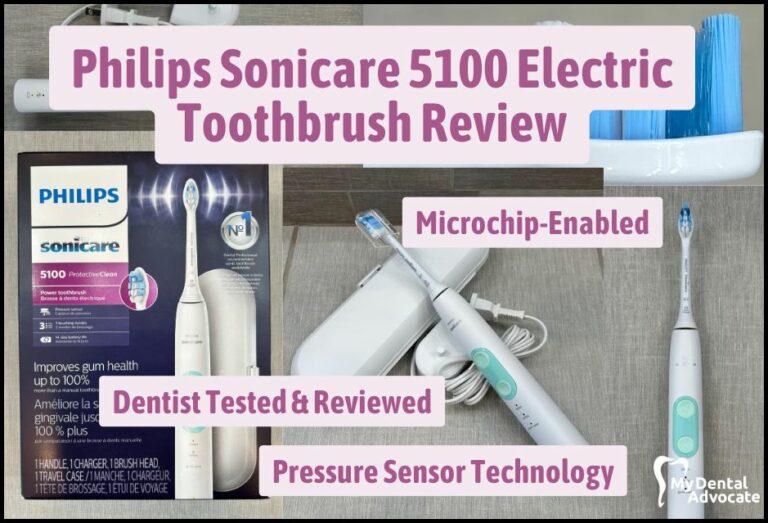
Sonicare 5100 Electric Toothbrush (Full Review)
Looking for a sparkling smile and improved oral health? Search no more! Introducing the Philips Sonicare ProtectiveClean 5100, an electric toothbrush that’s both powerful and customizable, designed to provide an unparalleled deep…
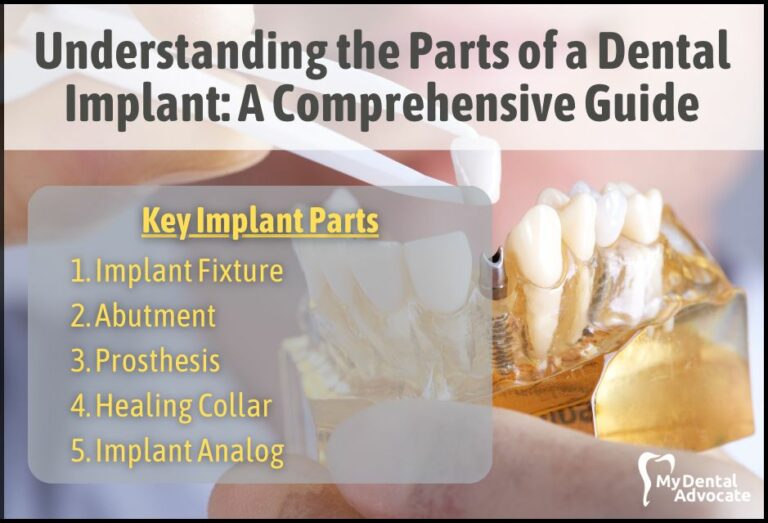
Understanding the Parts of a Dental Implant (Comprehensive Guide)
Dental implants, a durable solution for missing teeth, comprise three essential parts: the implant, abutment, and crown. The implant replaces the tooth root, the abutment connects the implant to the crown, and the crown replicates the appearance of a natural tooth.
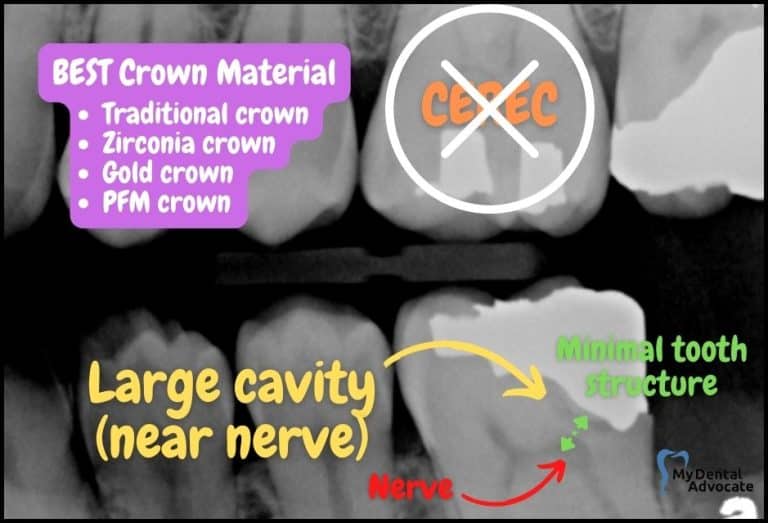
When Are CEREC Crowns Not Recommended? (Top 6 Reasons)
CEREC crowns have become a popular way to restore teeth in recent years. However, there are some occasions when CEREC crowns are not recommended. From a dentist’s perspective, we will discuss the top 6 reasons…
Gain Clarity with Our FREE Second Opinion Guide
Receive clear, expert second opinions online within 48 hours. Start today!
Product Reviews
Our 250+ dental product reviews (and counting), curated by an experienced dentist, are the most comprehensive online.
Toothbrush Genie
State-of-the-art chatbot designed to help you discover your perfect toothbrush in just a few simple steps!
Cavity Risk Assessment
Cutting-edge digital tool designed to evaluate your individual cavity risk based on your responses to a series of questions.
Gum Disease Assessment
Discover your gum disease risk with our quick and engaging 6-question assessment!
